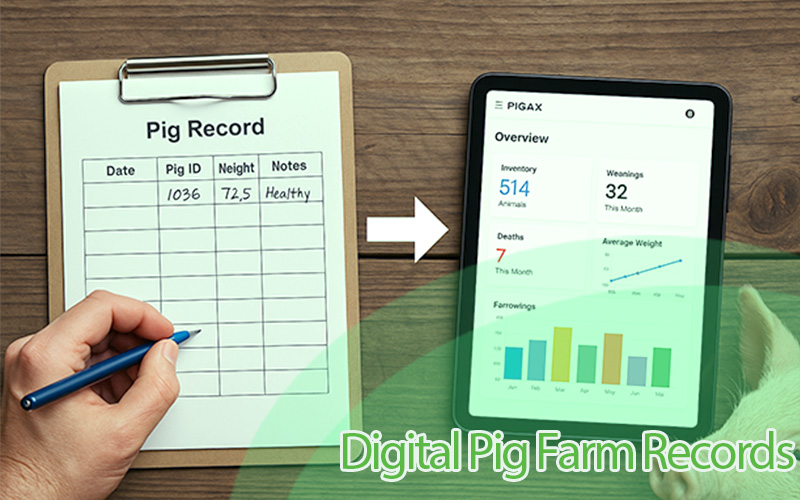PRRS-Signs, prevention and treatment
Swine PRRS, or Porcine Reproductive and Respiratory Syndrome, is a highly contagious and economically significant disease in pigs. It is caused by a virus known as the PRRS virus, which is classified as a member of the Arterivirus genus in the family Arteriviridae.
PRRS was first identified in the United States in the 1990s and has since spread to pig populations around the world. It is now considered an endemic disease, meaning that it is constantly present in the pig population and can flare up in outbreaks.
How it spreads
One of the main ways PRRS spreads is through direct contact between infected pigs. This can occur when pigs are housed together, such as in a confined environment like a pig farm, or when they come into contact with each other at a fair or market.
PRRS can also be spread through contaminated feed, water, and equipment. For example, if feed or water sources are contaminated with the PRRS virus, pigs that consume or come into contact with these sources can become infected. Similarly, if equipment such as transport vehicles, handling equipment, or clothing is contaminated with the virus, it can be transmitted to pigs that come into contact with these items.
Finally, PRRS can be transmitted through the air, especially in confined environments where pigs are housed in close proximity to each other. The virus can be inhaled or transmitted through respiratory secretions, such as saliva or mucus.
Signs and Symptoms
In growing pigs, PRRS can cause respiratory symptoms such as coughing, sneezing, and labored breathing, as well as lethargy and loss of appetite. These symptoms may be accompanied by fever and a drop in body weight. In severe cases, PRRS can lead to pneumonia and death.
In breeding pigs, PRRS can cause reproductive problems such as reduced fertility, stillbirths, and premature births. It can also cause immune suppression, making infected pigs more susceptible to other infections and diseases. PRRS can also affect the immune system of fetuses and newborn pigs, leading to increased susceptibility to other infections and reduced growth and development.
It is important to note that not all pigs infected with PRRS will show symptoms of the disease, and some may only have mild or no symptoms at all. However, they can still spread the virus to other pigs, making it important to implement prevention measures to control the spread of PRRS.
Diagnosis of PRRS is usually based on a combination of clinical signs, laboratory testing, and a review of the animal's history and risk factors for exposure to the virus. It is important for pig farmers and veterinarians to be aware of the signs and symptoms of PRRS and to seek prompt diagnosis and treatment to minimize the impact of the disease on the pig population.
Prevention
Prevention of PRRS is crucial for maintaining the health of the pig population and for minimizing economic losses due to reduced production. Some strategies for preventing PRRS include:
- Implementing biosecurity measures, such as quarantine procedures for new animals, disinfection of equipment, and limiting the movement of pigs between farms.
- Vaccinating pigs against PRRS, either with a killed or modified live vaccine.
- Implementing herd health management practices, such as testing for PRRS and other diseases, and culling infected animals.
- Ensuring that feed and water sources are not contaminated with the PRRS virus.
- Separating sick pigs from the rest of the herd to prevent the further spread of the disease.
Overall, PRRS is a significant problem for the pig industry, but with proper prevention and management strategies, it can be controlled and minimized. It is important for pig farmers and veterinarians to be aware of the signs and symptoms of PRRS and to implement effective prevention measures to protect the health and productivity of the pig population.




